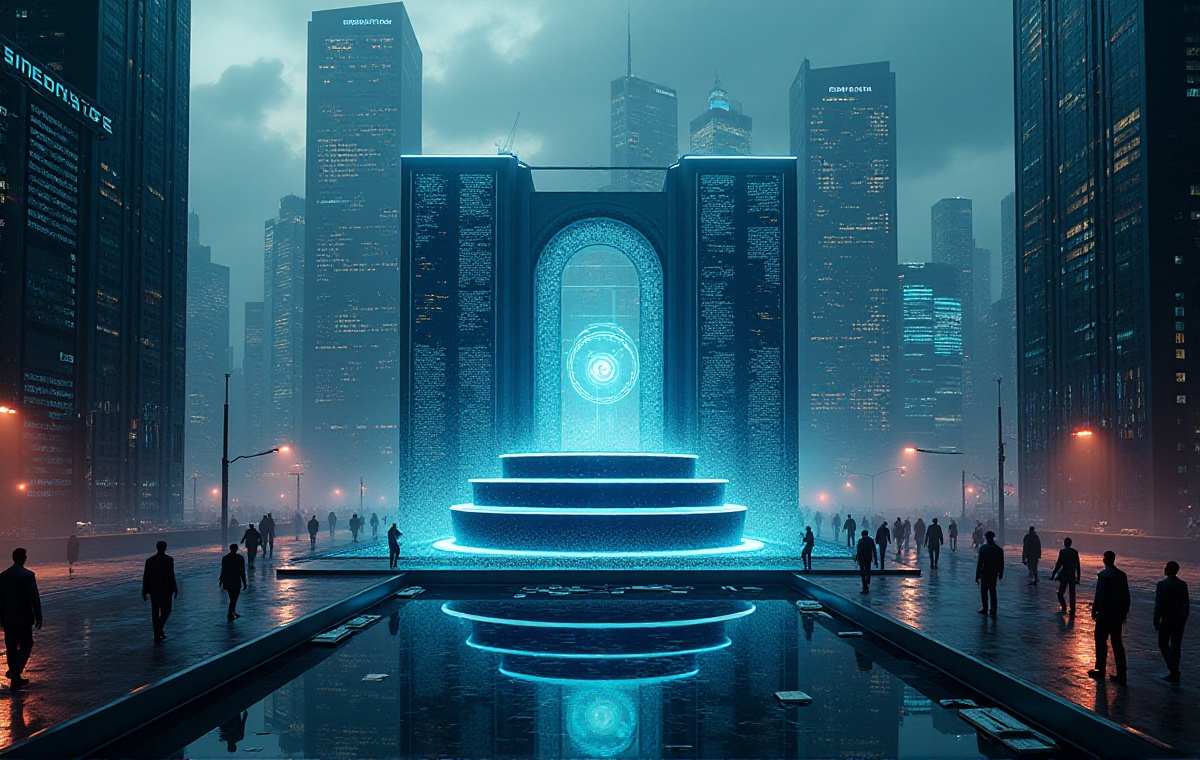In the bustling heart of Rome, a tourist raises her smartphone, and suddenly, the Colosseum springs to life. Gladiators clash swords, the crowd roars, and Emperor Commodus presides over the spectacle. This isn't a fever dream or a Hollywood production—it's the cutting edge of Augmented Reality (AR) technology, revolutionizing how we experience history and travel.
Gone are the days when dusty guidebooks and monotonous audio tours were our only windows into the past. AR has burst onto the scene, transforming city landmarks into living, breathing time machines. It's a quantum leap from the early days of Virtual Reality (VR) in tourism, which, while groundbreaking, often left users feeling disconnected from their real surroundings.

AR, on the other hand, seamlessly blends the digital and physical worlds. Imagine strolling through the streets of Paris, your smartphone revealing the city's hidden stories. As you pass Notre-Dame, your screen overlays images of its construction, letting you witness its evolution through the centuries. This is the magic of AR—instant, contextual, and deeply immersive.
The transformation of travel guides from paper to pixels has been nothing short of revolutionary. AR apps now offer real-time information, turning every street corner into a potential discovery. Take "CityExplorer AR," for instance. This groundbreaking app uses geolocation and computer vision to identify landmarks, offering historical tidbits, architectural insights, and even restaurant recommendations with a simple point of your camera.
But AR isn't just about information—it's about experience. Cities worldwide are embracing AR-powered interactive tours, turning urban exploration into a thrilling game. In Amsterdam, "Golden Age Quest" challenges visitors to solve puzzles and uncover the city's 17th-century secrets, all while navigating real streets and buildings. It's a far cry from traditional guided tours, engaging travelers in ways never before possible.
The crown jewel of AR tourism, however, is undoubtedly historical reenactments. These digital time machines transport us to pivotal moments in history, right in the spots where they occurred. Picture yourself at the Berlin Wall in 1989, witnessing its fall through your AR glasses. Or standing on the streets of Philadelphia in 1776, watching the Founding Fathers debate independence.
Crafting these experiences is no small feat. It requires a delicate balance of historical accuracy, technological prowess, and storytelling magic. Teams of historians, 3D artists, and AR developers work tirelessly to breathe life into the past, ensuring that every detail—from period-accurate clothing to historically correct architecture—is spot on.
The impact of these AR experiences extends far beyond mere entertainment. They're powerful educational tools, making history tangible and relatable to new generations. Moreover, they're breathing new life into local economies. Cities with AR-enhanced landmarks are seeing surges in tourism, with visitors staying longer and engaging more deeply with local cultures.

As we look to the future, the potential of AR in tourism seems boundless. Advancements in AI and machine learning promise even more personalized experiences. Imagine an AR tour that adapts in real-time to your interests, perhaps diving deep into architectural details for one user while focusing on culinary history for another.
The synergy between AR and other emerging technologies is equally exciting. Integration with blockchain could allow for secure, decentralized AR content creation, enabling local historians and artists to contribute to these digital experiences. Meanwhile, developments in haptic technology could add a tactile dimension to AR, letting us not just see but feel history.
As we stand on the cusp of this AR revolution, one thing is clear: our relationship with history and travel is being redefined. No longer are we passive observers of the past; we're active participants, stepping into the shoes of those who came before us. AR is more than just a technological advancement—it's a bridge across time, connecting us to our shared human story in ways we've only dreamed of until now.
The journey has just begun, and the horizon is limitless. As AR technology continues to evolve, who knows what wonders await us? Perhaps one day, we'll walk with dinosaurs in natural history museums or witness the construction of the pyramids in real-time. Whatever the future holds, one thing is certain: AR is rewriting the rules of travel, turning every journey into an adventure through time and space.







